Subscribe to our ▶️ YouTube channel 🔴 for the latest videos, updates, and tips.
Perimeter of a Figure
Perimeter of a figure is explained here.
Perimeter is the total length of the boundary of a closed figure.
We know that the total length of the boundary of a plane closed figure is called its perimeter. We can find the perimeter of a closed figure drawn on a square sheet by adding the length of unit squares along each side of the figure. The unit of perimeter is same as the unit of length.
The perimeter of a simple closed figure is the sum of the measures of line-segments which have surrounded the figure.
Perimeter of ∆ABC = length (AB + BC + CA)
Perimeter of the quadrilateral DEKN = length (DE + EK + KN + ND)
Perimeter of the hexagon PQRSTU = length (PQ + QR + RS + ST + TU + UP)
The perimeter of a circle is the measure of its circumference. The perimeter of the circle of center O is its circumference.
A farmer wishes to fence his field using barbed wire. To do so he wants to know how many meters of barbed wire he should buy. Can you help him?
Obviously, to know the length of the wire needed to fence the field, he should add the lengths of the four sides of the field.
25 m + 10 m + 21 m + 30 m = 86 m
Thus, the farmer should buy 86 m of barbed wire to fence his field. We see that the distance around the field gives the length of the barbed wire.
Such a distance around a figure is called the perimeter of the figure.
The distance accord the edge of a figure is its perimeter. It is the total length of the sides of a closed figure.
Note: The unit of perimeter is the same as the unit of the sides of the given polygon.
For example, if the sides of a polygon are given in centimeters, then the perimeter of the polygon will also be in centimeters.
Let us draw a closed figure PQRS on a square sheet as shown below. If we make a path along its boundary starting from point P, then the total length of the path will be equal to the sum of all the sides of the figure PQRS.
Here, the length of the path is = PQ + QR + RS + SP.
We can find the length of each line segment by counting the number of unit squares. Therefore, the total length of the path = 3 + 6 + 3 + 3 = 18 unit squares.
The total length of the boundary of a plane figure is called its perimeter. The unit of perimeter is the same as the unit of length of the sides of the figure.
For example:
Find the perimeter of the following figures drawn on the 1 cm square graph sheet.
|
Figure (i) AB = 3 cm BC = 2 cm CD = 3 cm DA = 2 cm AB + BC + CD + DA = 3 + 2 + 3 + 2 = 10 cm Perimeter of figure 1 = 10 cm |
Figure (ii) PQ = 1 cm QR = 2 cm RS = 1 cm ST = 2 cm TU = 1 cm UV = 2 cm VW = 1 cm WP = 6 cm PQ + QR + RS + ST + TU + UV + VW + WP = 1 + 2 + 1 + 2 + 1 + 2 + 1 + 6 = 16 cm Perimeter of figure 2 = 16 cm |
Look at the given figures. Find the length of the boundary of each of these simple closed figures made of line segments.
Length of the boundary of each figure is the sum of the lengths of its line segments.
Length of the boundary of each figure (a) is AB + BC + CA
= 4 cm + 4 cm + 4 cm
= 12 cm
Length of the boundary of each figure (b) = 4 cm + 3 cm + 4 cm + 3 cm
= 14 cm
Length of the boundary of each figure (c) = 3 cm + 3 cm + 3 cm + 3 cm
= 12 cm
The length of the boundary of a closed figure is called the perimeter of the figure.
1. Find the perimeter of the given triangle ABC.
In triangle ABC.
AB = 3 cm,
BC = 4 cm and
AC = 5 cm
The perimeter of the triangle = AB + BC + AC
= 3 + 4 + 5
= 12 cm.
2. Find the perimeter of the rectangle ABCD.
In rectangle ABCD,
AD = BC = 2 cm and
AB = DC = 4 cm
The perimeter of the rectangle ABCD will be the sum of the sides AB, BC, CD and AD.
So, the perimeter of rectangle ABCD
= AB + BC + CD + AD
= 4 cm + 2 cm + 4 cm + 2 cm
= 2(4 + 2) cm
= 2 (6) cm
= 2 × 6 cm
= 12 cm
The perimeter of rectangle ABCD
= length + breadth + length + breadth
= 2 times length + 2 times breadth
= 2 (length + breadth)
Perimeter of a rectangle = 2(length + breadth)
3. Find the perimeter of the square PQRS.
The perimeter of the square PQRS
= PQ + QR + RS + PS
= (2 + 2 + 2 + 2) cm
= 8 cm
Perimeter of a square = 4 x side of a square
Word Problems on Perimeter of a Figure
1. Three sides of a triangle are 3 cm, 5 cm and 4 cm. Find its perimeter.
Solution:
Perimeter of the given triangle
= sum of the sides
= 3 cm + 5 cm + 4 cm
= 12 cm
2. The length of a rectangle is 8 cm and its breadth is 5 cm. Find its perimeter.
Solution:
Length of the rectangle = 8 cm
Breadth of the rectangle = 5 cm
Perimeter of the rectangle = 2 (8 + 5) cm
= 2 × 13 cm
= 26 cm
3. The side of a square is 8 cm. Find its perimeter.
Solution:
The side of the square = 8 cm
Perimeter of the square = 4 × 8 = 32 cm
4. The length of a rectangle is 10 cm and its perimeter is 30 cm. Find its breadth.
Solution:
Length of the rectangle = 10 cm
Perimeter of the rectangle = 30 cm
Let us represent length as ℓ and breadth as b.
Now perimeter of the rectangle = 2 (ℓ + b)
or, 2 (ℓ + b) = 30 cm
or, 2(10 cm + b) = 30 cm
or, 20 cm + 2b = 30 cm
or, 2b = 30 cm - 20 cm
or, 2b = 10 cm
or, b = \(\frac{10}{2}\) cm
or, b = 5 cm
Therefore, breadth = 5 cm.
5. Ken walks around a playground in his daily morning walk. How far does he walk every morning? The playground is of the shape of a quadrilateral having sides of length 112 m, 85 m, 69 m and 102 m.
Solution:
Perimeter of the playground
= 112 m + 85 m + 69 m + 102 m
= 368m
Ken walks 368 m around the playground, i.e. around the perimeter, every morning.
Definition of Perimeter:
The total length of the boundary of a closed figure is called its perimeter.
Worksheet on Perimeter of a Figure
Now, answer the following questions to have a quick review of what we have learnt so far.
1. Fill in the blanks:
(i) …………………….. is the length of the boundary of a plane closed shape.
(ii) The perimeter of a square with side = 10 unit will be ……………………..
Answers:
(i) Perimeter
(ii) 40 units
2. Find the perimeter of the given figure if length of each square is 1 centimetre (cm).
(i) Perimeter =
(ii) Perimeter =
(iii) Perimeter =
(iv) Perimeter =
Answers:
(i) 30 cm
(ii) 42 cm
(iii) 24 cm
(iv) 26 cm
3. Find the perimeter of the given figures.
(i)
(ii)
(iii)
(iv)
(v)
Answers:
(i) 31 cm
(ii) 26 cm
(iii) 40 cm
(iv) 28 cm
(v) 19 cm
● Related Concepts
● To Measure the Length of a Line-segment
● Examples on Unit of Mass or Weight
● Units for The Measurement of Capacity
● Examples on Measurement of Capacity
● Antemeridian (a.m.) or Postmeridian (p.m.)
● Calendar
● Reading and Interpreting a Calendar
4th Grade Math Activities
From Perimeter of a Figure to HOME PAGE
Didn't find what you were looking for? Or want to know more information about Math Only Math. Use this Google Search to find what you need.

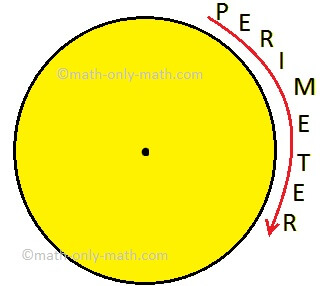
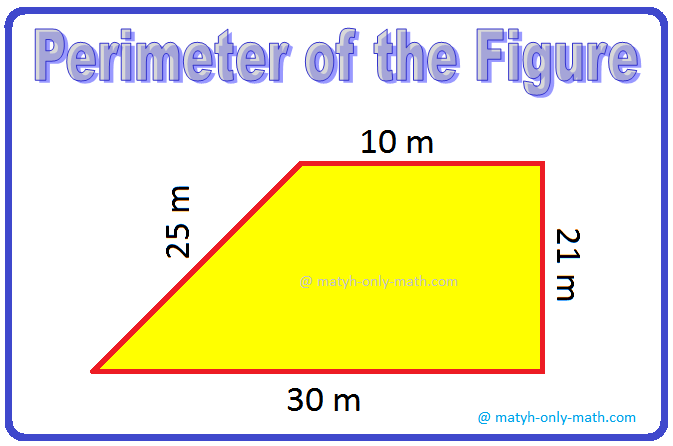
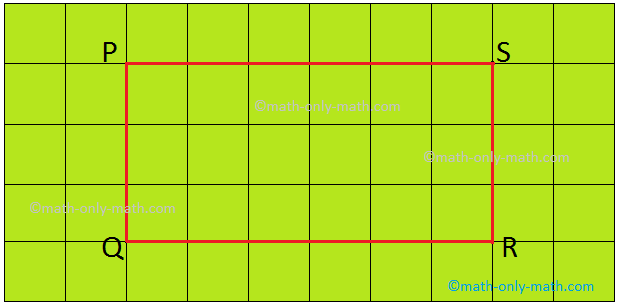
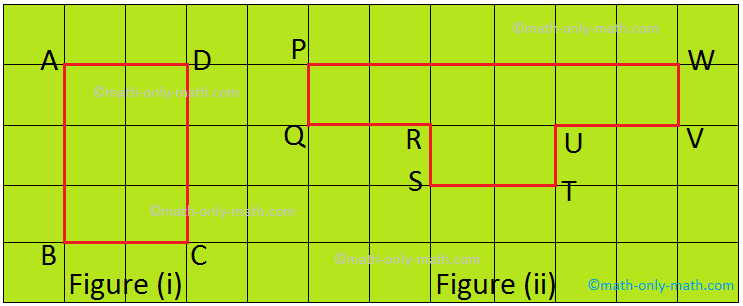




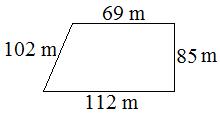

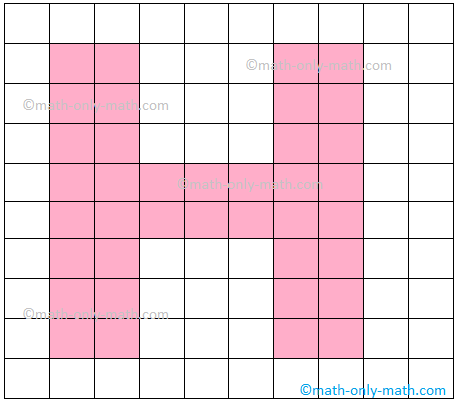
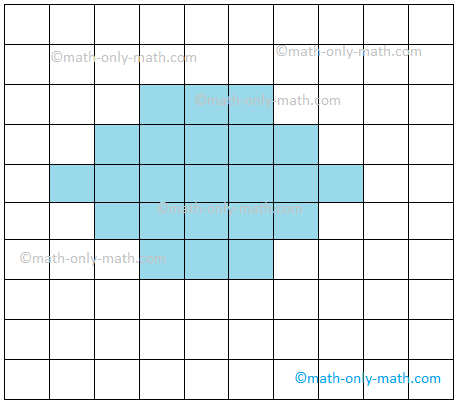

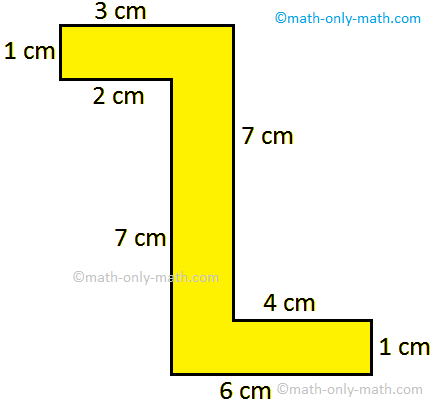
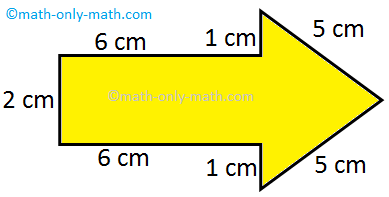
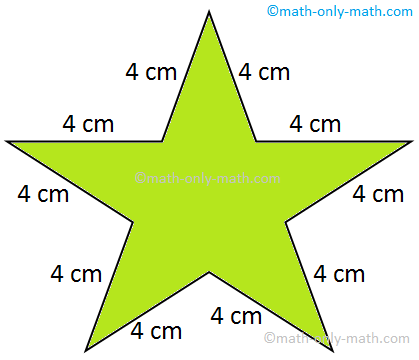
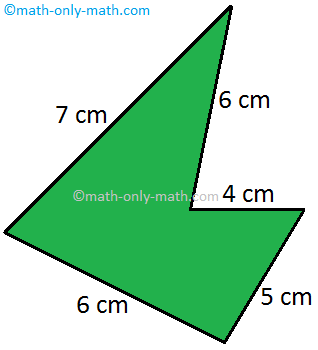
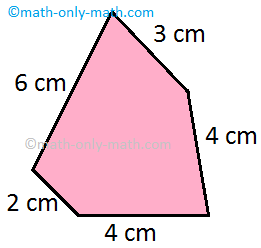


New! Comments
Have your say about what you just read! Leave me a comment in the box below. Ask a Question or Answer a Question.